Ash Tree: February 18th – March 17th
Ash Tree Buds
Source: tree2mydoor.com
- Ogham Letter: Nion (N)
- Symbolic Meaning: Master-ship, Growth, Power
- Ruling Planet: The Sun & Neptune
- Ruling Elements: Water & Fire
- Season: Spring & Autumn
- Corresponding Star Sign: Pisces / Aries
The third Lunar month is ruled by the Ash Tree. A large, relentless species that roots penetrate deep into the Earth. It’s strongly associated with the vertical link between otherworldly realms such as the underworld, middle earth, and the spiritual world. This gives it the status of the ‘World Tree’.
This tree that is linked to otherworldly realms is also medicinal, especially when it comes to treating childhood ailments. In Celtic Lore the tree is given the name of “Cradle of Life” and from it, remedies could be created that would cure children of their illnesses.
Part of the ash is used in protective rituals due to the energies believed to be held within the tree. Its leaves are thought to bring love and affluence.
Ash Tree Zodiac
Ash signs are empathetic, compassionate and very creative. They are in tune with nature and others around them and often look upon the world with an artistic perspective. They do well in careers of creativity. They constantly strive for self-growth and renewal they think freely without much care for what others may think of them. They are viewed as introverts but are often just immersed in their own world and people are intrigued with their enchanting personality.
Ash signs pair well with Willow and Reed signs.
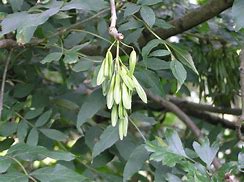
Ash Tree Seeds
Source: learnreligions.com
In the Norse eddas, Yggdrasil, the world tree, was an Ash. The spear of Odin was made from the branch of this tree, which is also known by the Celtic name Nion, pronounced knee-un. This is one of three trees sacred to the Druids (Ash, Oak and Thorn), and this is a good month to do magic that focuses on the inner self. Associated with ocean rituals, magical potency, prophetic dreams and spiritual journeys, the Ash can be used for making magical (and mundane) tools — these are said to be more productive than tools made from other wood. If you place Ash berries in a cradle, it protects the child from being taken away as a changeling by mischievous Fae.
Ash Tree



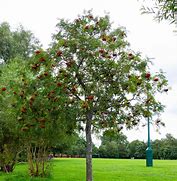
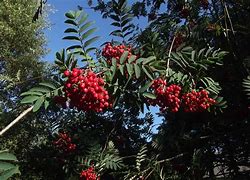

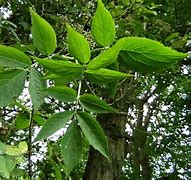
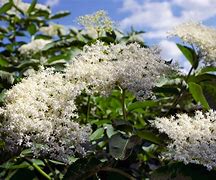
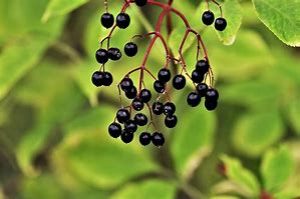


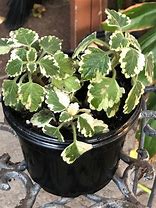


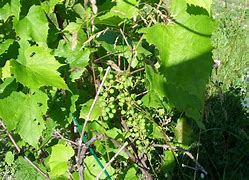

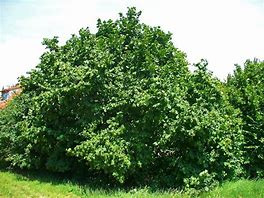
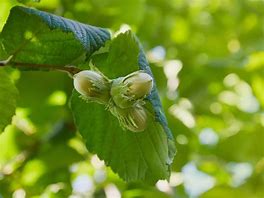
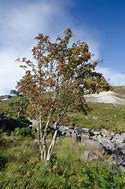

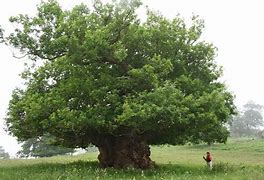
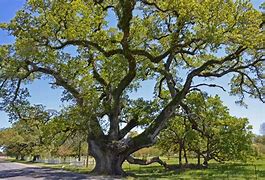
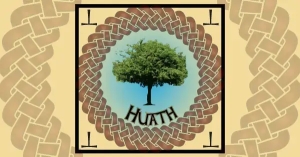
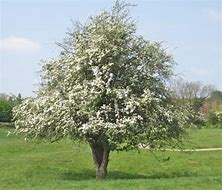
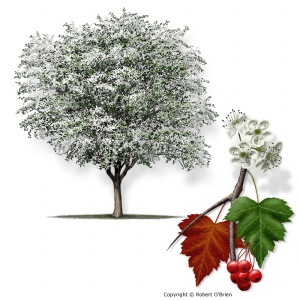
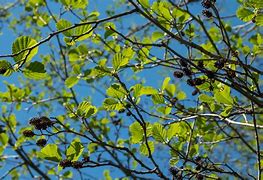

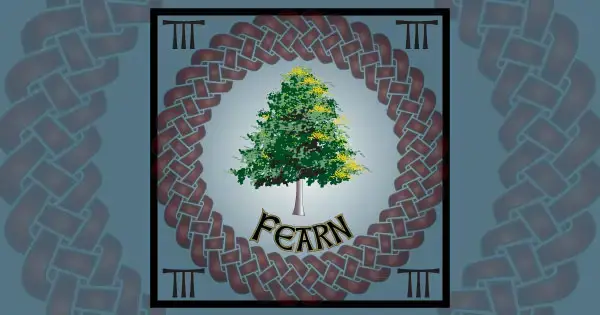


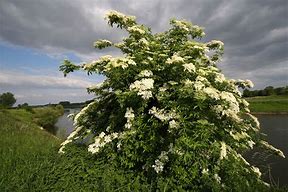
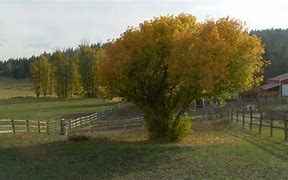

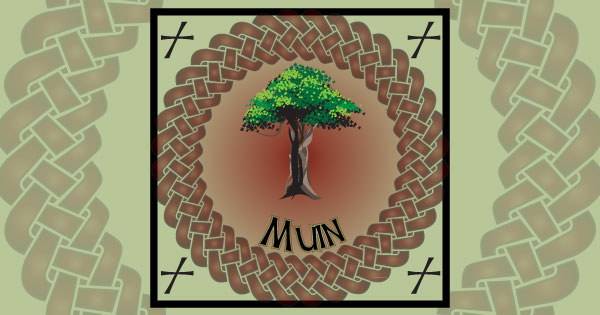

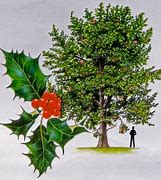
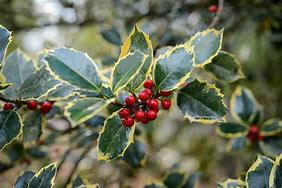
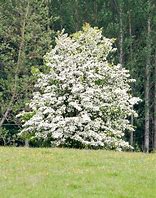
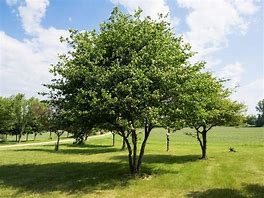
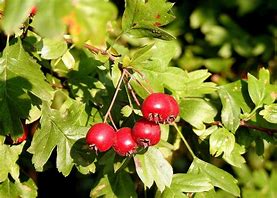

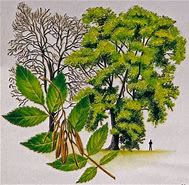
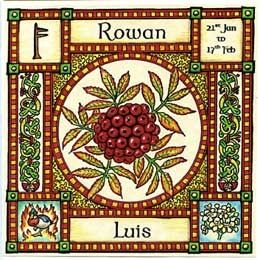
You must be logged in to post a comment.